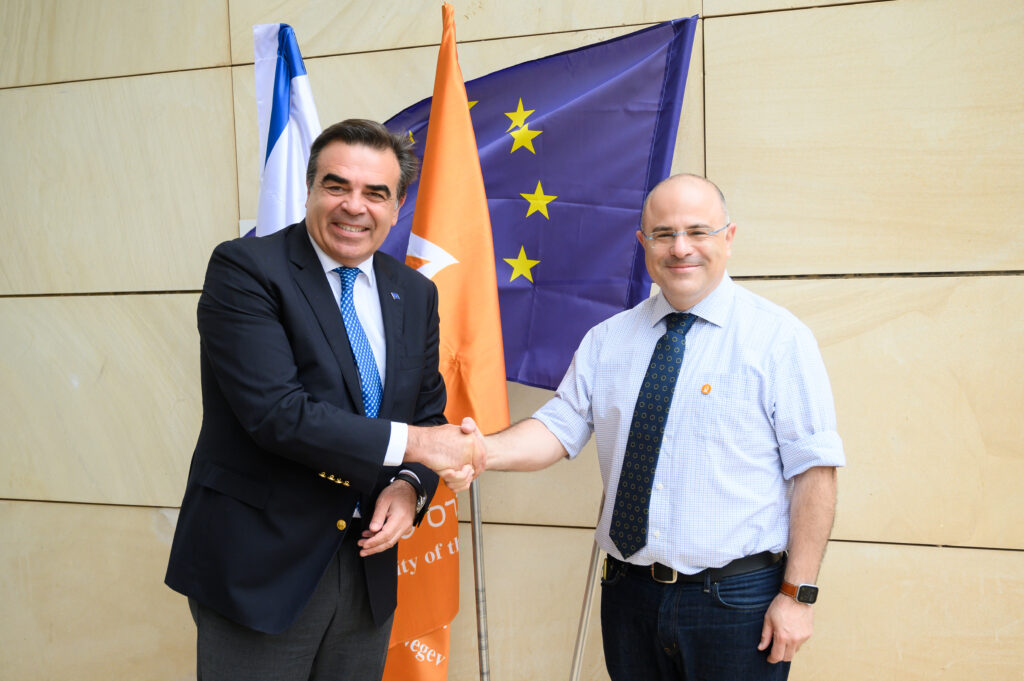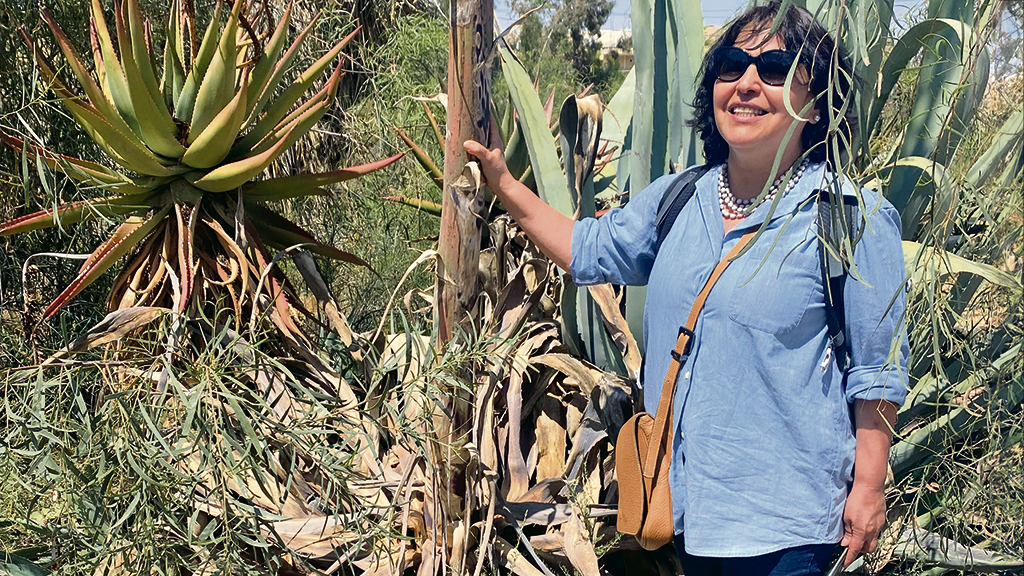
How Newspaper Bylines Paved the Way for Celebrity Journalism
How Newspaper Bylines Paved the Way for Celebrity Journalism
December 22, 2010
Business & Management, Press Releases
NEW YORK, December 22, 2010 – A new study by Dr. Zvi Reich, a researcher at Ben-Gurion University of the Negev (BGU) in Beer-Sheva, Israel, documents the process through which journalists at major newspapers fought to receive byline recognition of their work, paving the way for today’s celebrity journalists.
According to the study published in the December 2010 issue of Journalism, an academic journal, “the proliferation of bylines characterized the news as an imperfect, all too human account of reality, and opened the way for celebrity journalism.”
Dr. Zvi Reich explains that the byline is a relatively new phenomenon in the history of journalism and that newspapers as respected as The New York Times went out of their way to avoid using bylines as a means of underplaying the importance of the individual reporters.
“Today, when we open a newspaper or click on a Web site, we take it for granted that we will see a byline – the name of the reporter who authored the piece, at the beginning of each article,” explains Reich, a faculty member in BGU’s Department of Communications Studies.
“This study traces the complicated and fragmented policies that the newspapers used to maintain the balance of power over reporters and the process that the writers and other contributors underwent to push for recognition and control of their work,” Reich says.
Focusing on The New York Times as the chief case study and The Times of London, Reich explores the phenomenon of bylines in modern journalism and their major impact on the way news is consumed and understood, and documents the process through which journalists fought to receive name recognition of their work.
Reich writes in his paper that bylines opened “the way towards journalistic stardom, altering power relations within the news industry and shifting news organizations from a position behind the news to one behind the people who gather and compose it.”
His research covered more than 12,000 articles published in the two newspapers. Reich found that in both cases, the growth of bylines was a painfully slow four-step process, which took more than 70 years to become an established practice.
- First, the newspapers tried to avoid specific names, in an effort to maintain an authoritative, omnipresent “god-like” voice.
- Second, bylines were used to promote organizational goals, in the form of generic (i.e., staff writer) and news agency credits.
- Third, the papers attributed stories to the names of a select few staff writers.
- Finally, the papers gradually gave up the selective bylines, crediting everyone in nearly all instances.
For more information about the study, contact Dr. Zvi Reich, Department of Communications Studies, +972- 54-4354725; [email protected]
ABOUT AMERICANS FOR BEN-GURION UNIVERSITY
By supporting a world-class academic institution that not only nurtures the Negev, but also shares its expertise locally and globally, Americans for Ben-Gurion University engages a community of Americans who are committed to improving the world. David Ben-Gurion envisioned that Israel’s future would be forged in the Negev. The cutting-edge research carried out at Ben-Gurion University drives that vision by sustaining a desert Silicon Valley, with the “Stanford of the Negev” at its center. The Americans for Ben-Gurion University movement supports a 21st century unifying vision for Israel by rallying around BGU’s remarkable work and role as an apolitical beacon of light in the Negev desert.
About Ben-Gurion University of the Negev
Ben-Gurion University of the Negev embraces the endless potential we have as individuals and as a commonality to adapt and to thrive in changing environments. Inspired by our location in the desert, we aim to discover, to create, and to develop solutions to dynamic challenges, to pose questions that have yet to be asked, and to push beyond the boundaries of the commonly accepted and possible.
We are proud to be a central force for inclusion, diversity and innovation in Israel, and we strive to extend the Negev’s potential and our entrepreneurial spirit throughout the world. For example, the multi-disciplinary School for Sustainability and Climate Change at BGU leverages over 50 years of expertise on living and thriving in the desert into scalable solutions for people everywhere.
BGU at a glance:
20,000 students | 800 senior faculty | 3 campuses | 6 faculties: humanities & social sciences, health sciences, engineering sciences, natural sciences, business & management, and desert research.
For all press inquiries, please contact:
James Fattal, J Cubed Communications
516.289.1496



